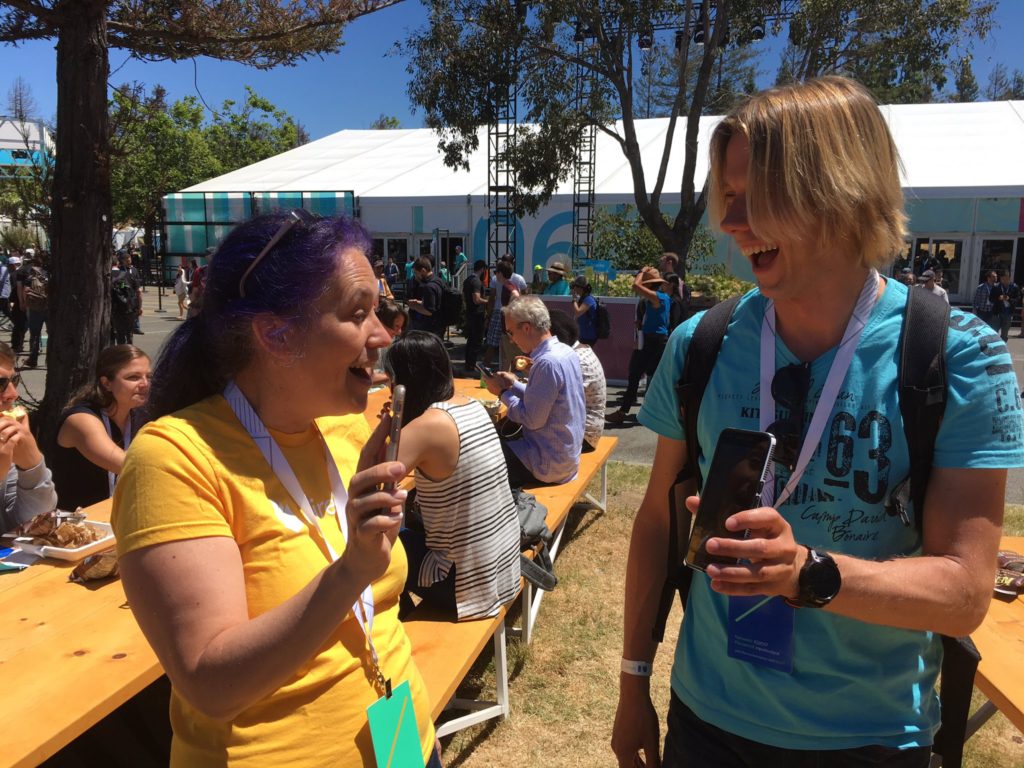Disclaimer: I work at Google. This article is based on 18 years of observing the company as an outsider, along with over a year of experience as a senior technical leader at the company.
An internal google document was published this weekend, where an individual articulated poorly reasoned arguments that demonstrated conscious bias, both about gender and about the skills necessary for software engineering. Demeaning generalizations and stereotypes were presented as unbiased fact. The author may not have intended to be disrespectful, yet caused great harm. Many women have spoken publicly about their frustration in reading this harmful rhetoric in their workplace.
For many years before I joined Google, I heard stories of sexism and racism that happened inside the company. Frankly, I know of no company which is immune to this. Companies believe they have well-established social norms around respectful behavior, good management training, effective escalation paths, etc., yet these aren’t evenly distributed. In 2006, I declared that I would not work at Google because of their hiring practices. In 2016, I decided that both Google and I had changed a bit since then. I interviewed Google even more than they interviewed me. Not including the actual day of interviews, I had 21 conversations with 17 different people before deciding to work here.
Unexpectedly, Google was the first tech company I have worked for where I didn’t routinely meet people who expressed surprise at my technical ability. There seems to be a positive bias that if you work for Google you must be technically awesome. I can’t tell whether this is universal. (I assume it isn’t. Google is a big place.) However, as evidenced by this latest rant, Google has a long way to go in creating effective social norms around discussing diversity and the efforts to make hiring and promotion fair.
We need to be careful as we address inequities. As a woman who attended private high school and studied Computer Science at a prestigious university, I have an advantage in getting a job at any tech company over a white man who joined the military to pay for college and taught himself to code. Google could, if it wanted to, hire the very best women and people of color such that it statistically matched the demographics of the United States, and not “lower the bar” yet still be homogeneous, yielding limited benefit from its diversity efforts.
Diversity and inclusion is not just about demographics. The lack of minorities and women at Google and most other tech companies is a sign that things aren’t quite right. We should look at diversity numbers as a signal, and then seek to address underlying problems around inclusion and respect. We need to include effective communication skills as part of selection criteria for new engineers and for promotion.
Ex-Google engineer Yonatan Zunger wrote a thoughtful response about how communication and collaboration are critical to the work we do. I have also written more generally about how communication is a technical skill: “We usually think of software as being made of code, but it is really made of people. We imagine what the software should do, and through our code, we turn ideas into reality…. I find it confusing that anyone could even suggest that communication is a different skill that is optional for programmers. This is what we do. We write our code in programming languages. We define things and then they exist. We make real things using language.”
I’ve worked with amazing engineers who have little else in common. The best engineers I’ve worked with solve problems differently from each other — creativity and insight combined with technical skill are the mark of a great engineer.
The Google hiring process tests for the candidate’s ability to write code and solve problems (and to some degree talk about code). This is not enough. Google and the rest of the industry needs to set a higher bar for hiring talent. It is much harder to collaborate effectively and communicate your ideas than it is to write a basic algorithm on the whiteboard.
In my experience, the ability to write great software is not tied to any outward trait, and discussion of biological or societal differences is a distraction from the core issue. We need people with a diversity of experience and perspectives to bring creative solutions to their work, and we need engineers who can work with people who are different from them with respect and enthusiasm.
I know there are good people working inside of Google to make change. I applaud the publication of research on effective teamwork. This is not enough. This work of creating change for humans is much harder than the work of writing software. Smaller companies have a greater opportunity to make change faster. We each need to step up and take a leadership role at every level of our organizations.
Impact matters more than intent.
